Two 70 year olds with chest pain, and 3 pitfalls of the STEMI paradigm
Dr. Smith's ECG Blog
FEBRUARY 13, 2023
There’s inferior ST depression which is reciprocal to subtle lateral convex ST elevation, and the precordial T waves are subtly hyperacute – all concerning for STEMI(-)OMI of proximal LAD. There’s ST elevation I/aVL/V2 that meet STEMI criteria. This is obvious STEMI(+)OMI of proximal LAD. Non-STEMI or STEMI(-)OMI?

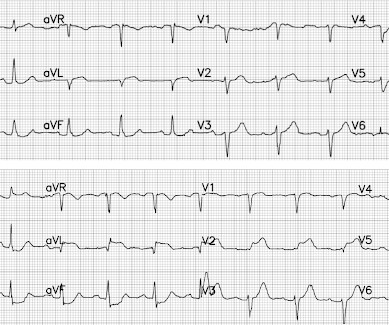

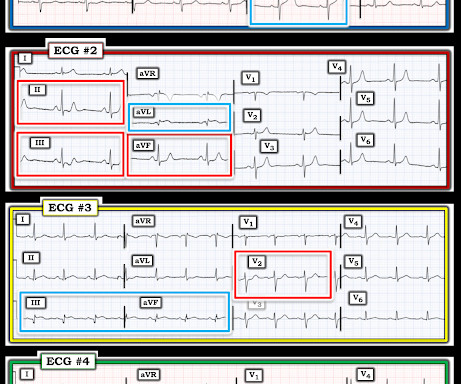

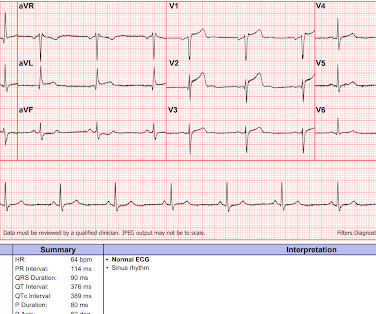

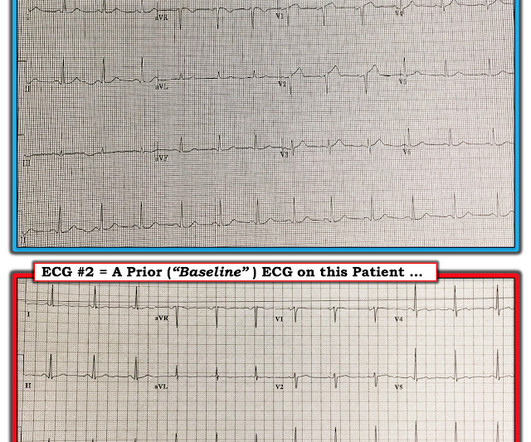
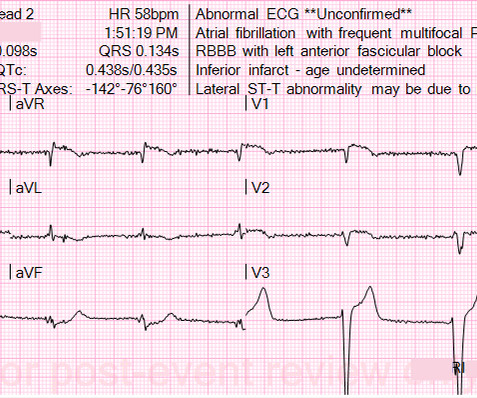
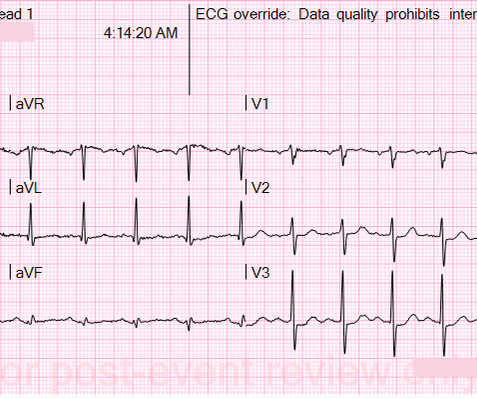
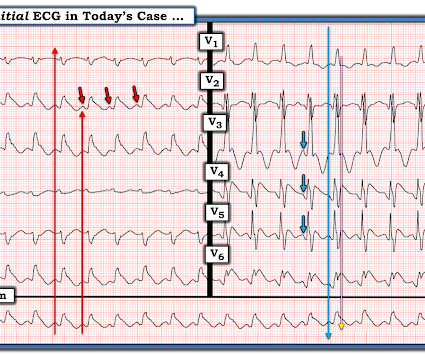
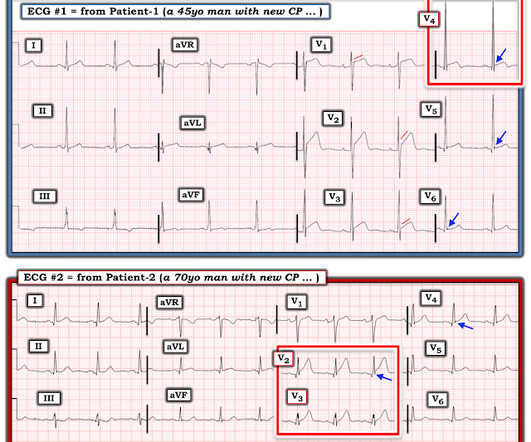
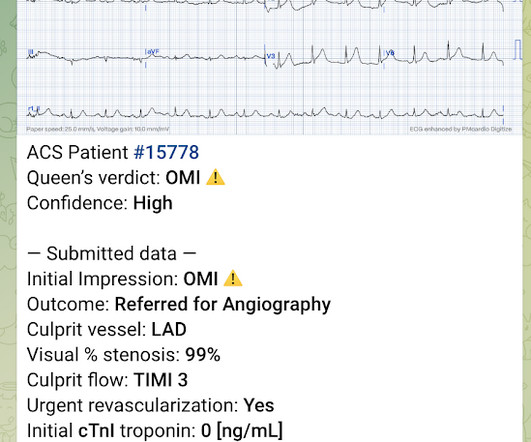
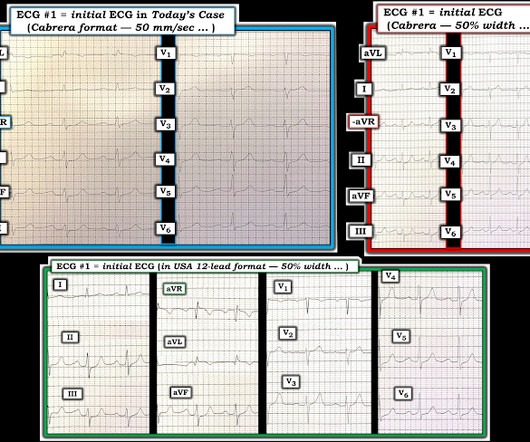
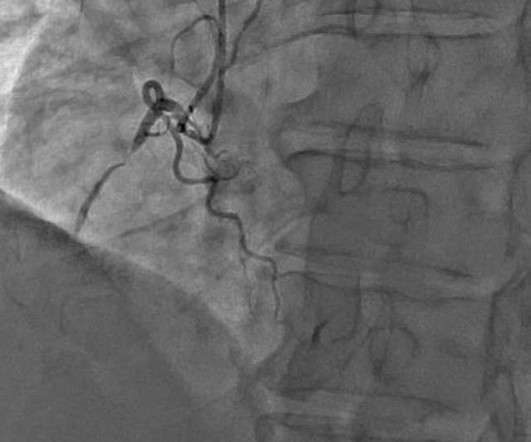
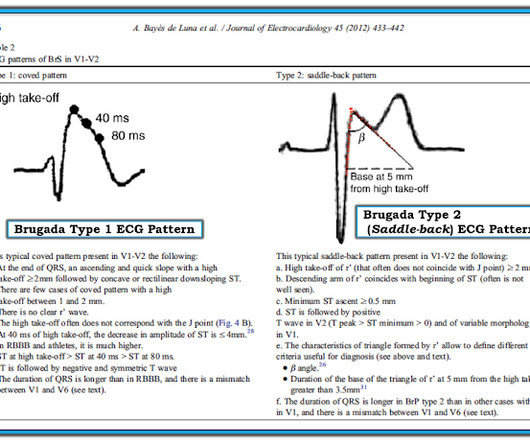
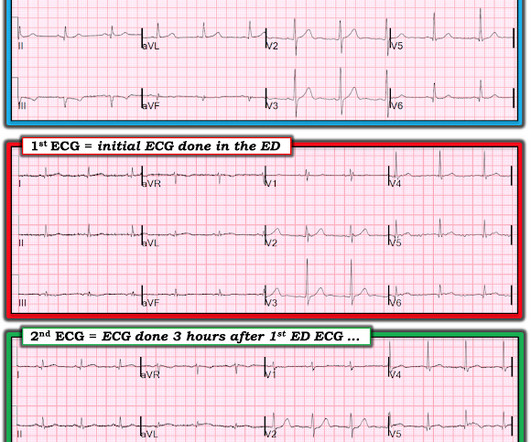
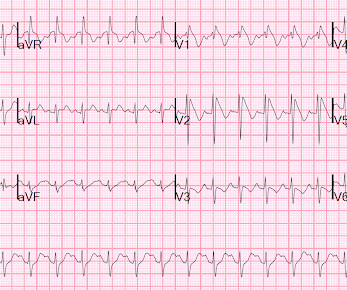






Let's personalize your content